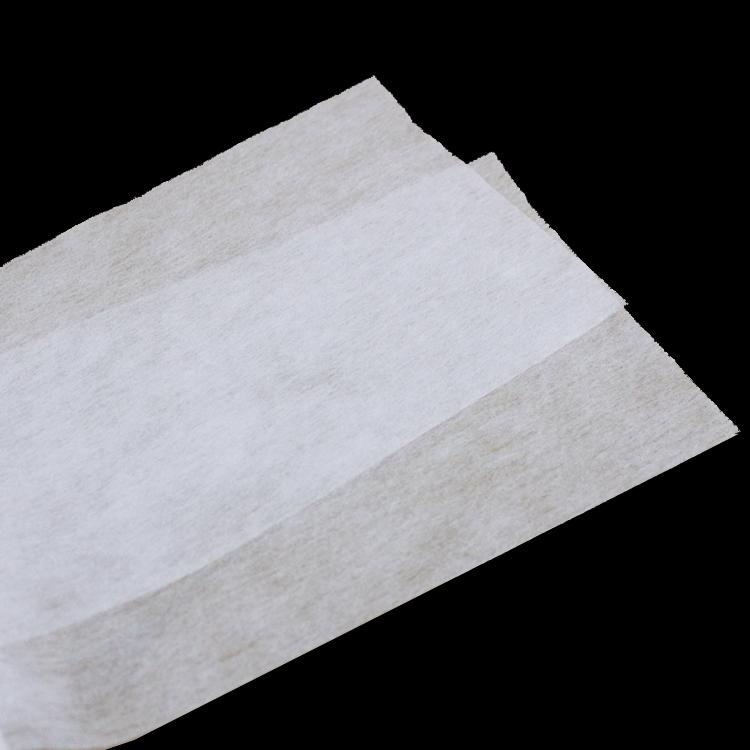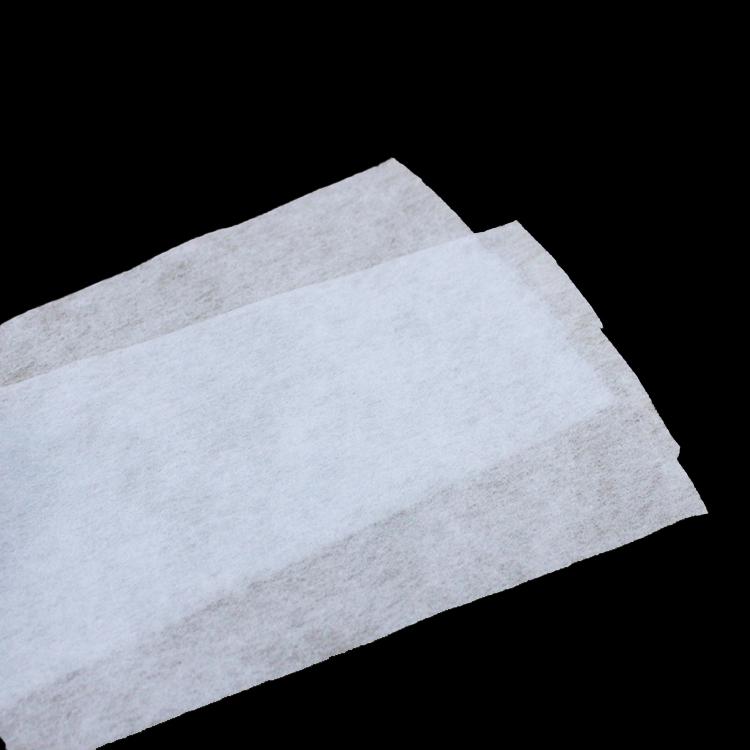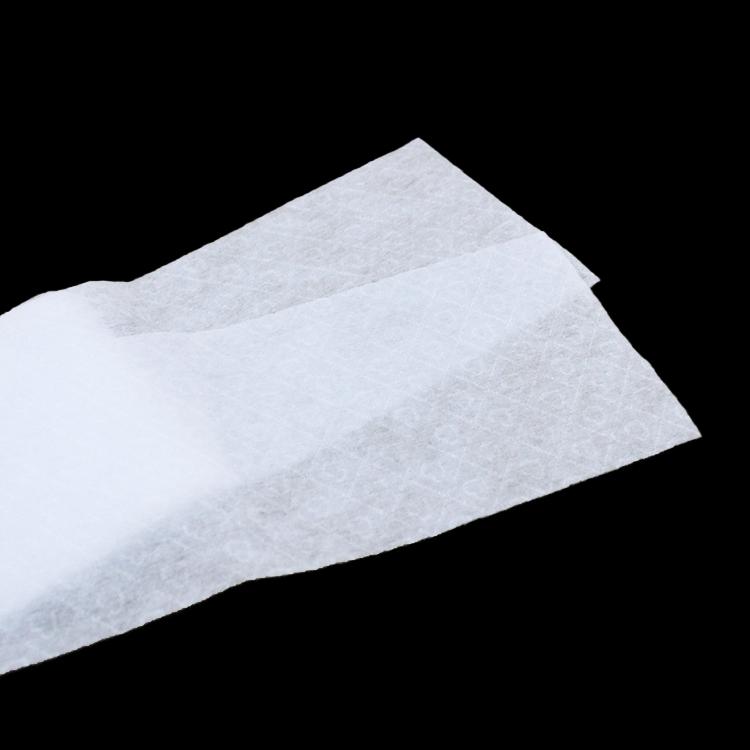
When it comes to diaper production, one of the most important components is the fabric used in the construction. The waterproof air through non woven fabric is ...
1.Waterproof air through non woven fabtic process In the existing water-repellent non-woven fabric SMS, a water-repellent material is arranged between two lay...

Air through non woven fabric is a kind ofhot air bonding (hot rolling, hot air) non woven fabric. Hot air non woven isto use the hot air on the drying equipment to penetrate the fiber w...

Air through non woven fabric is the ideal thermal bond fiber in ES hot air nonwoven fabric. When the carded web is thermally bonded by calendering or through-air, the low-melting compon...
Sanitary napkin raw materials,1.Topsheet, can be non woven fabric and perforated film2. ADL non woven fabric 3. Untreated fluff pulp SAP paper5. PE film backsheets6. Wrapping film Po...
When choosing a diaper, raw material of diaper is very important because raw material of diaper may affect the comfort of the child, and some children may even be allergic to some mater...

 Email: info@whldiapernonwoven.com
Email: info@whldiapernonwoven.com
 MP/WhatsApp: +86-13599937366
MP/WhatsApp: +86-13599937366
 Manufacturer Address:Room 1105B, Bld M1, Manhattan, Yulongwan, Shimao, Shuanglong Road, Meiling Street, Jinjiang, Fujian, China
Manufacturer Address:Room 1105B, Bld M1, Manhattan, Yulongwan, Shimao, Shuanglong Road, Meiling Street, Jinjiang, Fujian, China